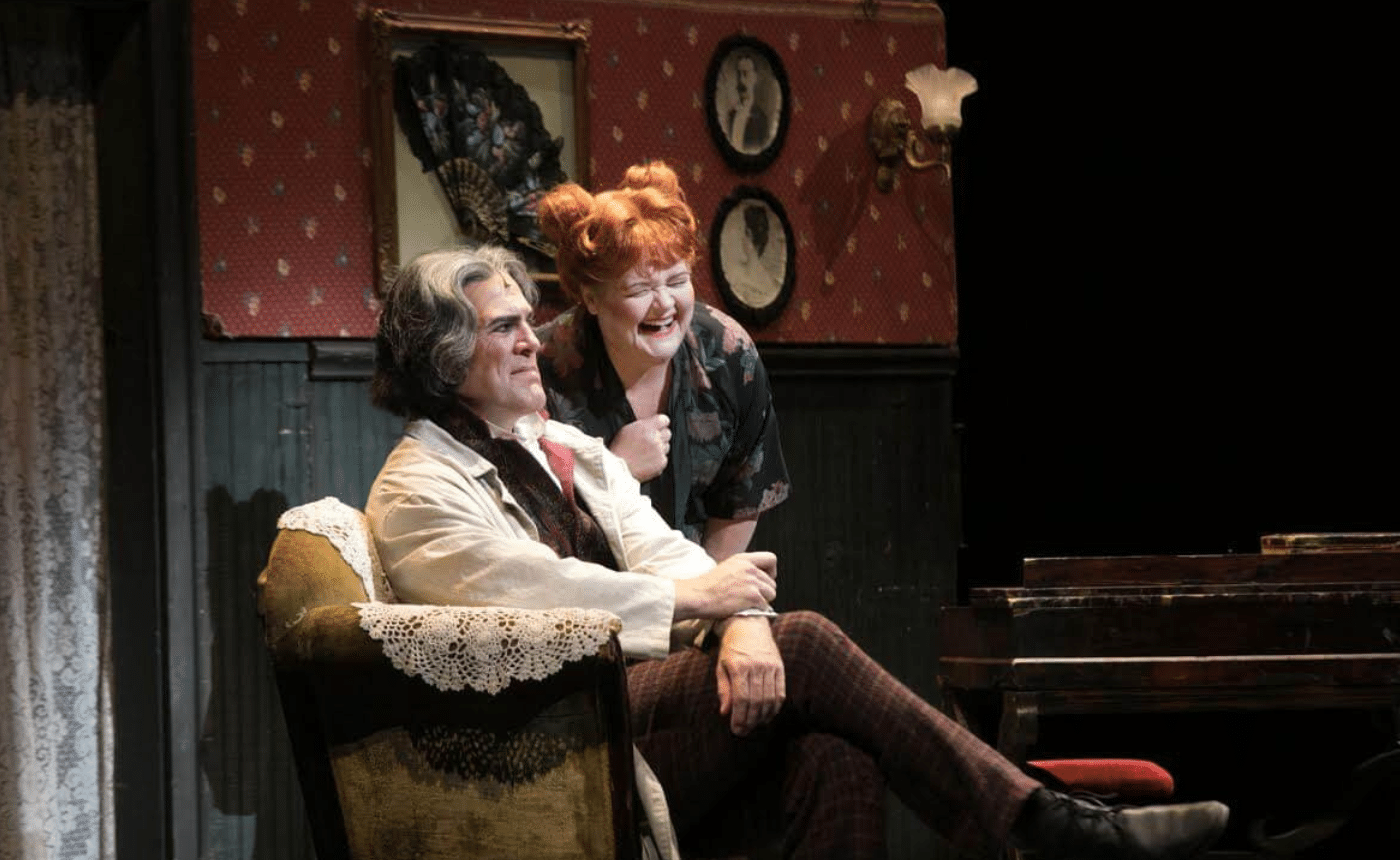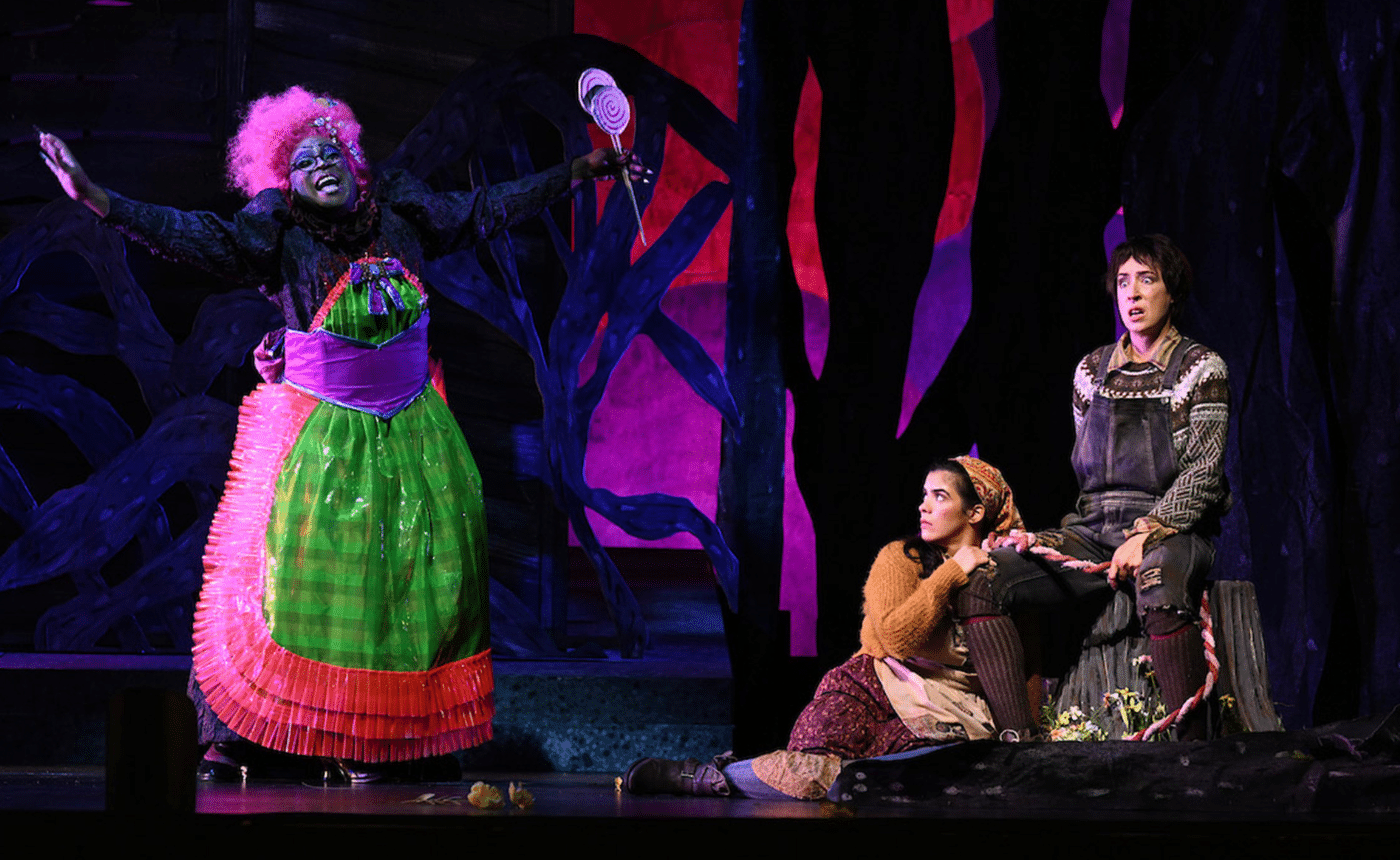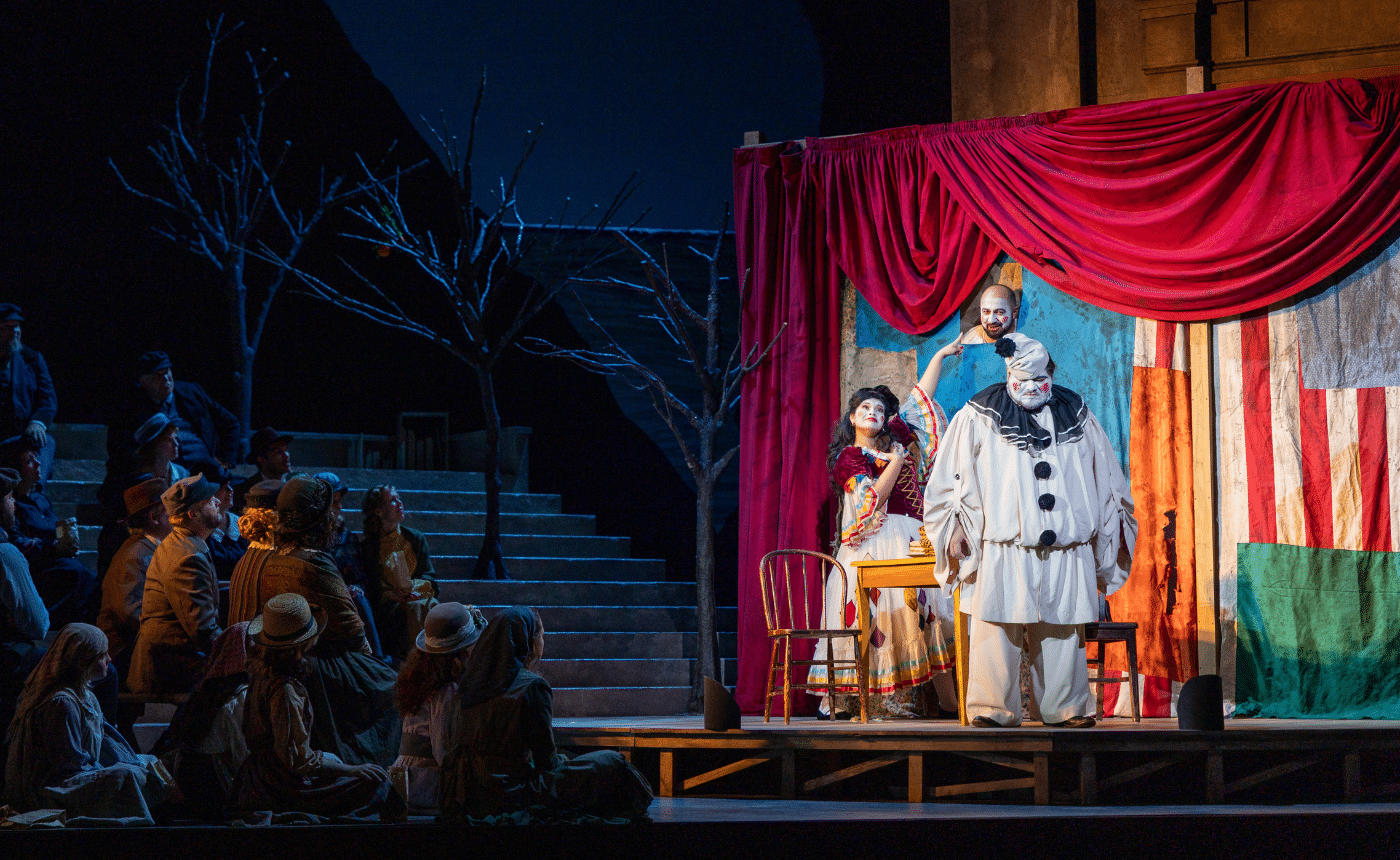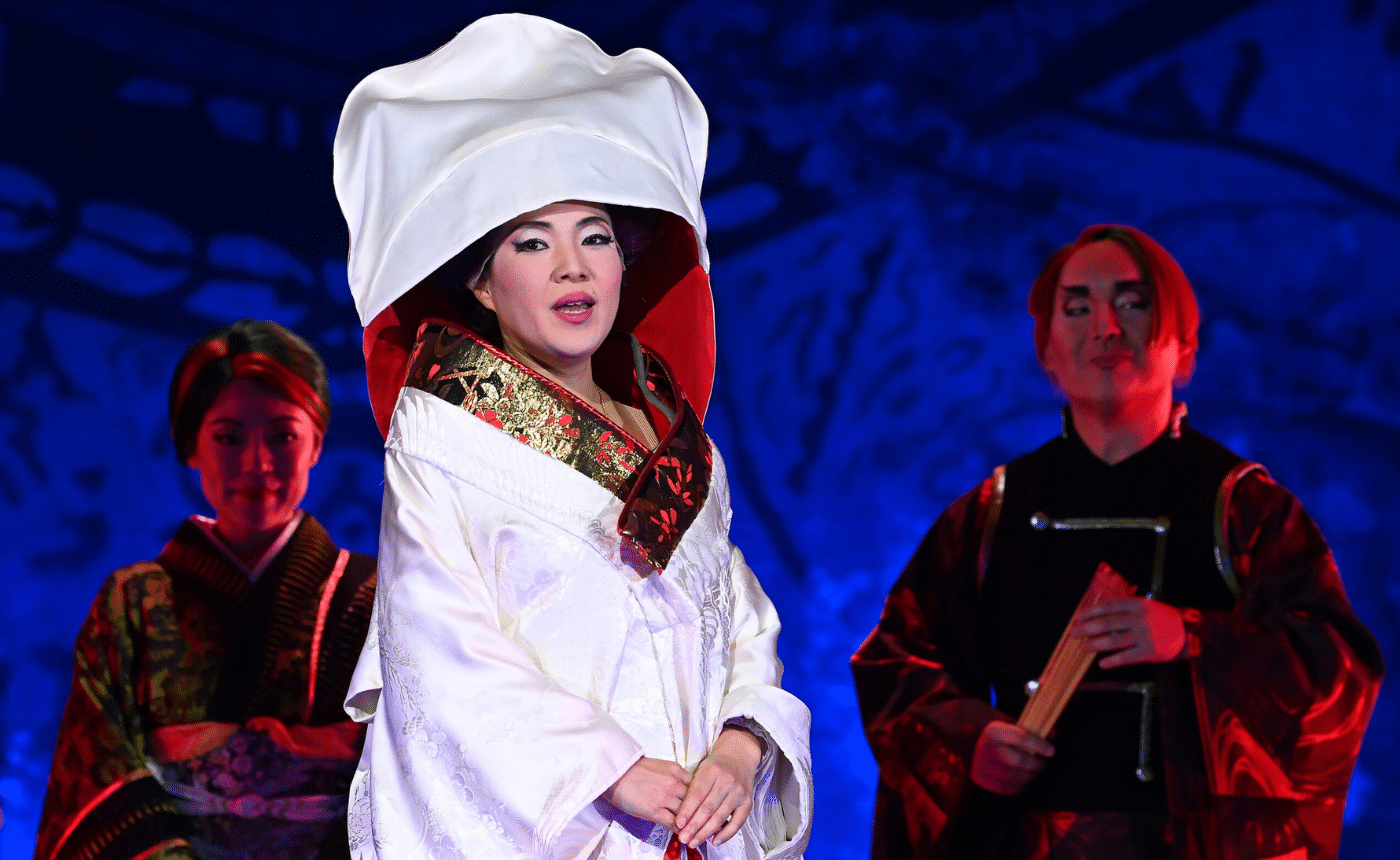Lonely Creatures
Daniel Catán once referred to composers as “lonely creatures” and as a member in good standing of that peculiar cohort, he too was willingly doomed to eternal creative seclusion by his craft. Perhaps also like composers who choose to write for the stage, Catán admitted that he depended on operatic projects to occasionally place him among a cadre of more social artists – inspiring people like directors, choreographers, designers and the performing musicians who presented his work. It was a chance, if only once in a great while, to step out of the cave and into the light.
There are others who pursue their work in similar solitude, novelists not least among them, and Catán found special kindred inspiration in the words of the living Latin American legend Gabriel García Márquez. Catán was ever anxious to depict his culture with more depth than the rote regurgitation of folk tales typically allowed. Telling a Latin American story solely by translating Latin American folk imagery is, according to Catán, “what tourists do” and he wished to capture the entirety of his heritage within the scope of an established artistic form. García Márquez, with his award-winning novels, had already paved that particular road and a collaborative effort between the two men was a logical, if surprising, eventuality.
García Márquez was in attendance at the Mexico City premiere of Catán’s first successful opera, Rappaccini’s Daughter, and he very much liked what he heard. García Márquez told Catán that he would be thrilled to help him find a libretto for his next project. Catán knew what he had in hand with such an offer and when the Houston Grand Opera approached him for a commission in 1994, he immediately sought out the promised assistance from García Márquez. The writer suggested his screenplay collaborator Marcela Fuentes-Berain as librettist and given the budding thematic development of the project, his wisdom was perfectly apt. Fuentes-Berain was a playwright and acclaimed creator of television and movie scripts who was well steeped in the literary world of García Márquez. This latter familiarity would prove most essential, as she and Catán would draw on the entirety of the García Márquez canon to dramatize the story of Florencia en el Amazonas.
Florencia is regularly described as “loosely” influenced by García Márquez’s Love in the Time of Cholera and though the connection certainly exists, it is incomplete as provenance. Borrowed from the novel are the river setting, the specter of an epidemic and the idea that love maintains its own curative wisdom, no matter how we might test it. But the overall tone and spirit of the opera spin in an orbit far above the specifics of any one book. It is meta-García Márquez, a potent distillation of the author’s recurring motif of solitude and his enduring sense of cultural place. Catán freely admitted that the characters of the opera began life as García Márquez characters (possibly even Love in the Time of Cholera characters) but soon began to diverge from their sources and “demand their own stories.” In the end, Catán said that his characters were like “cousins” to their García Márquez analogs and became more genuine in his setting as a result.
Like the novels that serve as its mother tongue, Florencia contains elements of magical realism. Coined as a genre designation by German art critic Franz Roh in the 1920s, magical realism can be simply defined as the juxtaposition of realistic and fantastical elements in art. A deeper literary meaning comes from the notion that the “real” world in fiction often contains irrational events and even supernatural beings that can exist simultaneously outside of physical law and within the accepted reality of the story’s “normal” participants. Latin American writers like Alejo Carpentier, Isabel Allende and Gabriel García Márquez were drawn to this style as a way of promoting a more accurately rendered non-European worldview. García Márquez was the most recognizable proponent of the form as it became an international Spanish language commodity and remains so even as the style spreads to other cultures. The terminology itself has lost some of its bite through indiscriminate application but there are appropriate examples outside of the Latin American tradition (the ghostly visitation in Toni Morrison’s Beloved and miraculous transformations in Salman Rushdie’s The Satanic Verses come quickly to mind).
Catán applied the mystical touches to Florencia’s reality with great care and efficacy. From the start we are made aware of possibilities beyond our immediate understanding with the appearance of the shapeshifter Riolobo. His introductions of the El Dorado’s passengers and crew set the stage and make clear his status as a member of the cast. Far from an aloof, godly presence, Riolobo walks the decks with the mortals and his interventions and embodiments occur on their very “real” plane. For all his fantastic ministrations, the opera’s most magical moment is reserved for Florencia herself. It is in her final mysterious transformation that, in Catán’s words, “love and beauty become indistinguishable from each other.”
It has been said that the most important role in Florencia is that of the voiceless water. Rivers have powerful talismanic qualities in nearly every culture and the Amazon commands special reverence for its otherworldly, unknowable aura. The Amazon is beautiful, dangerous, eternal and in all ways the most perfectly coordinated synthesis of magic and reality. Catán captured the psychological toll that must be paid by the lonely creatures that travel on such a river. Their “most secret desires and deepest fears” are the currency and their melancholic reveries are our reward.






